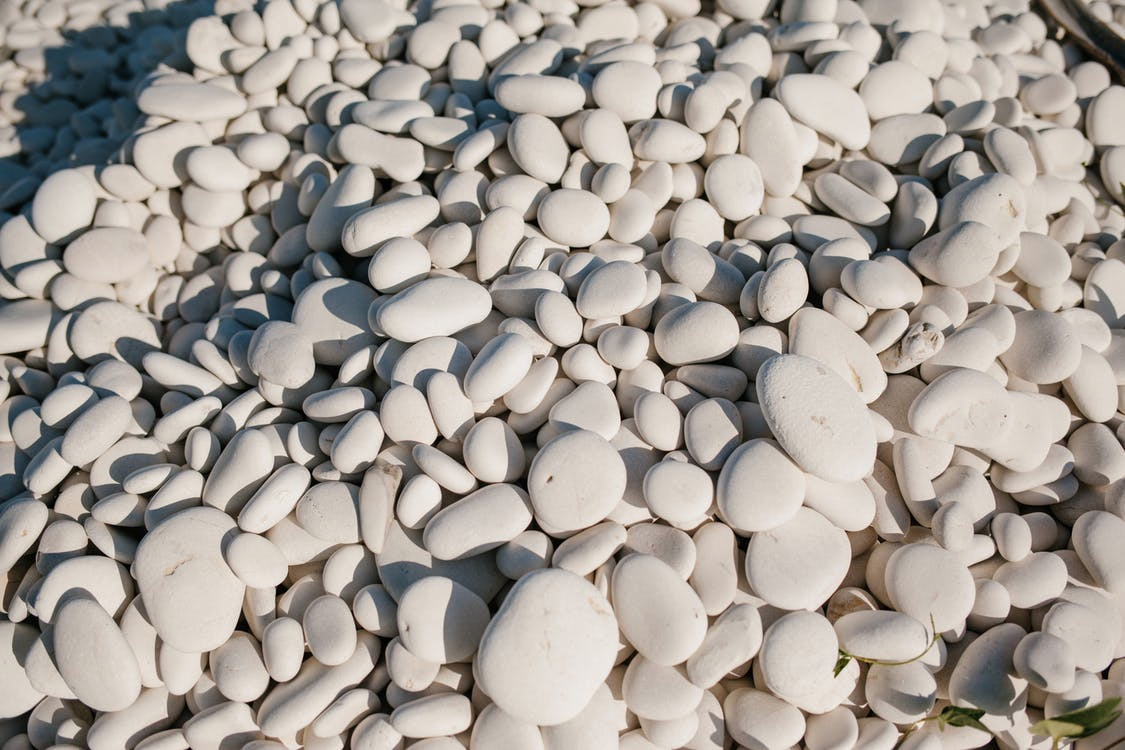Best of the Fractured Atlas Blog 2020: Interviews with Artists, Creatives, and Organizers
Fractured Atlas exists in a unique place in the arts ecosystem. We work with artists and arts organizations, communicate frequently with colleagues across the arts, nonprofit and creative fields, and seek out other organizations who are experimenting with creating more equitable workplaces.
It’s crucial for us to have these conversations with our broader creative community. It helps us better serve artists and arts organizations and lets us stay inspired by and connected to other people in our industries so that we continually learn from one another.
We share some of these conversations here on the blog to amplify our community’s work and to highlight ways that artists, organizers, and workers are pushing our field collectively forward. Here are some of our favorite interviews from 2020.
Triage and Transformation: An Interview with the Freelance Artist Resource Producing Collective
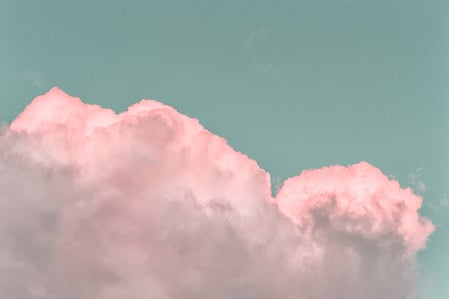
“We wanted to bridge those who are not connected (say through professional or service organizations or unions) to one another and groups that would address and advocate for their needs. Inevitably, we have also connected with nonprofit producing entities, service organizations, and foundations, but our main concern is how to build power with and for the freelance community.
This crisis has exposed the cracks in so many oppressive and capitalistic systems leaving artists behind to fend for themselves.
One of the ways we are addressing the needs of the freelance artist community is to take into consideration the conditions that were our cultural norms before COVID-19: institutional racism, homophobia and transphobia; the broken economic models that were crumbling before our very eyes; extractive labor practices that leave artists subsidizing arts institutions; misogyny of nonprofit workplaces that leave women and parents unable to care for their children or take paid time off; the lack of worker protections and safety nets in our larger society leaving artists unable to make a living, access to health insurance or health care; and our arts institutions inability to support independent artists and arts workers through this crisis.”
How NIVA is Working to Secure Government Aid to Save Indie Music Venues
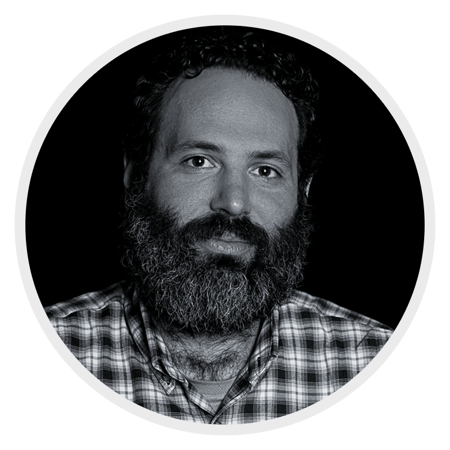
“It's not that live music will disappear. It's not that venues will disappear. What's going to disappear is the options. The independent sector is going to disappear, which means you have fewer choices. It means that the decisions of how much a ticket costs, what bands are going to play, when those bands are going to play, what you're going to be paying for drinks, for food, for parking, where it where it's going to be is in relation to other businesses. All of those decisions are made by people that are not local and do not have any direct connection to it, to the area or the market or the community. It's not the rooms that are opening up for charities or being hired out for weddings or hosting educational programs for the local schools or the youth programs. That's what we would be missing out on. We would be missing out on young artists being able to play their first show or somebody who's just excited about shows being able to get a job that allows them to have a flexible schedule and work evenings and take care of their other responsibilities at the same time. All of these things go away without independent venues.”
The Sound Co-op: Building Collective Power as Creative Professionals
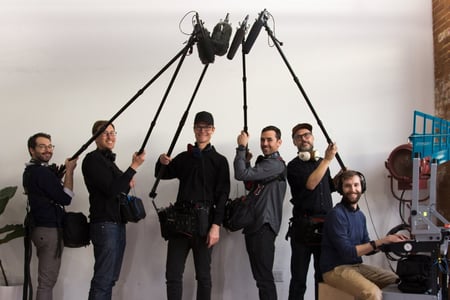
“There's a connection to the kind of change we're trying to make for ourselves and the change we're trying to make in the world, on the level of racial and economic justice. There [are] high stakes.
Racism was created for economic reasons. Slavery was created for economic purposes. The economic conditions continue to underlie what's going on in the world with racism and police brutality and equality. [We're talking] about how to make alliances with people of color who have a long history of cooperative economic thought and practice.
There's a deeper and higher purpose that we have by being workers and owners. We're going further than just being a nonprofit, we're going further than just being a union. We're not just making demands of the owners, we're being the owners. So we're taking ownership over the economy in a way that is transformational because it can create a just and sustainable economy by being democratic.”
Stocksy United: Curation and Community in a Stock Photography Co-op
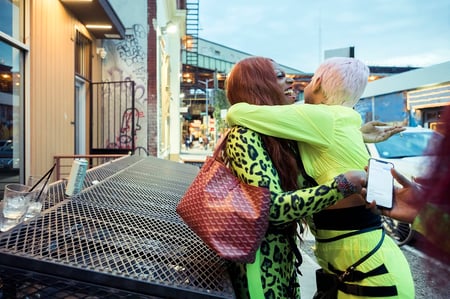
“We've got a forum where [members] can talk to each other. It's really cool to see. It can be fractious at times. Anytime you bring in 13 hundred people from over 70 countries, you can have ESL issues and you've got different cultural issues. But it is pretty amazing where you have people who are competing at one level because they're all trying to sell their own photos but they've agreed to come together on this platform and jointly make it a place where they have a better opportunity to succeed and they really do support each other.
Members that will post something about, ‘Hey, I'm having trouble with this type of gear. Does anybody have any experience with this?’ And others will weigh in. That is pretty cool to see. As we build trust between HQ and the membership, but they also have a lot of trust among themselves.”
Virtual Art Shows and Performances: Advice from a Multimedia Artist

“Think about the specificity of the web and online platforms. What would it mean to do a performance via Instagram Live, how can one use the vertical format or engender Instagram-specific responses? How can you rethink physical objects and give them an appropriate context online? Think about installing the work online with the same attention to detail you would IRL. Spacing, colors, fonts, venues are all equally important online and off. Rather than showing installation photos (snooze) think about creating an online environment for the work, even if that mimics physical space.”
Building a Virtual Gallery Show: Case Study with Jip Gallery and Olympia

“There are so many things to consider when putting on a show virtually, more than we realized when we started. The first thing is that we have to acknowledge that experiencing art in person is different from online. There are elements like scale, medium, and touch that are really hard to translate across the internet. Another aspect to this is that the art world is still very backwards in the sense that physical shows seem to carry more weight than a virtual show. There’s a certain social capital that you accrue by being physically present at a show.
Another thing is developing an operational pipeline to make sure everything goes smoothly from building the website to conducting sales. We had to figure every part of it out. How to edit on Squarespace, what happens when someone purchases art, how do we deliver art when COVID-19 is hindering this process, etc. If you haven’t done something like this before, there is a steep learning curve.
One last thing is every show we had, our artists would always say that one of the best things through group shows is that they met new artists and made new friends. That’s something we’re struggling to replicate but have some ideas as to how to make it happen. One great thing about being virtual is that our artists who are based in Canada and Germany can join us for a gathering!”
“We're Not New Here” Crenshaw Dairy Mart on Art, History, and Community in Inglewood

“The language that we've been using and [is about] trying to ensure all of our programming, everything that we're doing is with the precedence that this is a cultural retainer. There's cultural retention and this is Inglewood's retainer. Everything that's happening is for the benefit and for the community of Inglewood. And everything that we're doing is within the conversation of Inglewood and the way that triangulates outward. We've been looking at not importing greater Los Angeles culture into Inglewood, but making sure that Inglewood artists, Inglewood cultural makers that have been neglected or like have historically not been recognized are emanating outward. Emanating outward into the greater Los Angeles.
[Our] advice would be like don't go into a neighborhood knowing that it's a predominantly Black and brown neighborhood if you don't want to deal with these types of politics. You know, it's like we're in it. We're really in it, we're really invested and that's the thing.
And at the same time here at the Mart, my [noé’s] role is the maintenance guy. I clean up stuff outside. If there's, like, shit in front of our building, I'll clean it. I just want to make this pretty for my neighbors.”
Voluminous Arts Presents a Halloquium, a Sacred Pause for the Nightlife Scene
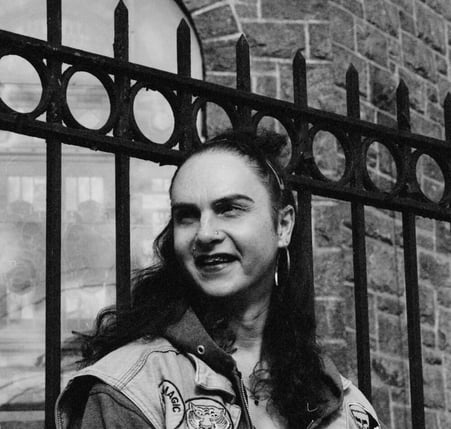
“I'd like to get people talking. And I know that when it's dark and you're in a room full of fog and there's lasers and there's loud music playing, sometimes it's easy to talk because you can't quite be heard. It's dark. And then those edges are blurring. And that, you know, in my experience it's facilitated some pretty cool conversations over the years.
But I know that in a framework where conversation is really sort of the primary thing, like a conference, it can sometimes be difficult. And when it becomes difficult, it's certain voices that drop out of the conversation for whatever reason, because their voices of people who are, you know, not represented on a wider scale or because, you know, people are shy. People are anxious. People feel like [they] don't really know what to say.
So that was one real impetus; to create a space where people really feel comfortable talking to each other. But I know that that's not going to just happen if I just say let's get together for two days and I'll talk about nightlife. It needs a lot more care.“
Member Spotlight: Lesbian Bar Project
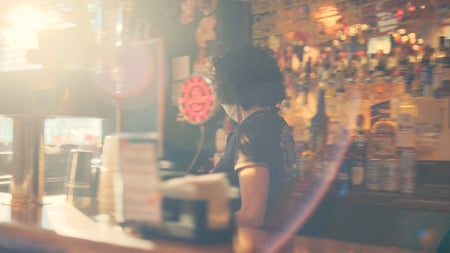
“I was shocked to find out the percentages at which we're losing these spaces.
And for me, as a queer person of color or gay man of color, I want to help everyone. I also was like, can we add on to the campaign? But no, you need to get people to focus on one thing so that they understand that this is an issue and then use that steam to do something later.
I also had conversations with some of my gay friends and they're like, you're helping the lesbians? And I'm like, yes, I am, because we all need support and we all need help. And we all need to be conscious of how we're losing our safe spaces.
People may question my role in this or why I want to be a part of this, but overall it was just like we're the LGBTQIA+ community. So if we're not looking out for each other within the community, then how can we expect anyone outside of it to care about us? We're not going to grow and thrive and be successful beyond this moment if we can't get over these differences. That's important that your identity matters and your opinion matters, but we should still understand that we all need support and we all need to feel safe.”
Threshold Podcast: Using Audio's Intimacy to Tell Nuanced Stories About the Environment
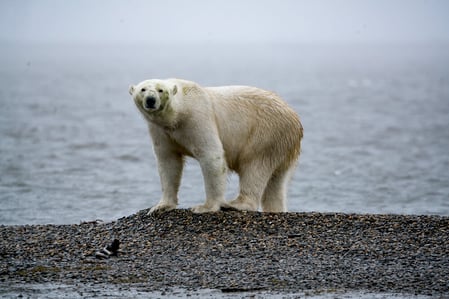
“When you mention 'wildlife refuge' and 'drilling' in one sentence, most people already know which side of the debate they stand on. This controversy—like so many other environmental stories—is too often reduced to a simple binary: drilling vs. conservation, us vs. them, heroes vs. villains. On Threshold, we aim to make space for a different kind of conversation about our relationships with the natural world, one that leans into complexity, illuminates shades of gray, and allows us to hear directly from the people who are closest to these issues...
To dive into these questions, we had dozens of conversations with people from the communities closest to the refuge, as well as with politicians, policymakers, and scientists. The more we listened to the people, the more we realized that this isn’t only about oil extraction, conservation, and wildlife: for the people who live there, this battle over drilling is part of a much older struggle for sovereignty and cultural survival.”
Check out some of our other interviews as well as the rest of our year-end wrap-up. We’re sharing tips, tools and big ideas for artists as well as information about fundraising, workplace culture, anti-racism and anti-oppression.
About Nina Berman
Nina Berman is an arts industry worker and ceramicist based in New York City, currently working as Associate Director, Communications and Content at Fractured Atlas. She holds an MA in English from Loyola University Chicago. At Fractured Atlas, she shares tips and strategies for navigating the art world, interviews artists, and writes about creating a more equitable arts ecosystem. Before joining Fractured Atlas, she covered the book publishing industry for an audience of publishers at NetGalley. When she's not writing, she's making ceramics at Centerpoint Ceramics in Brooklyn.
